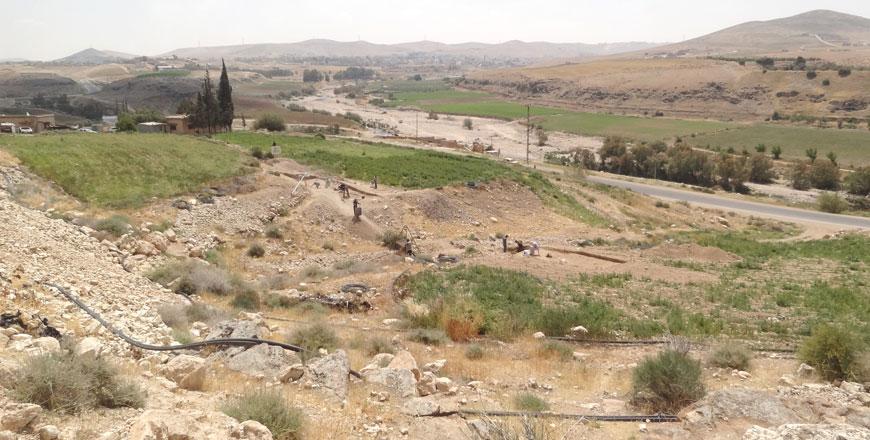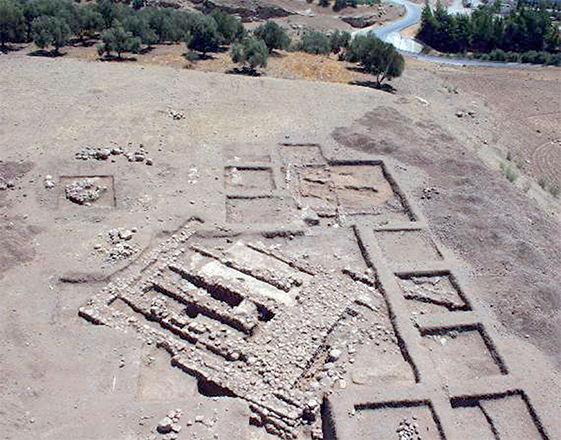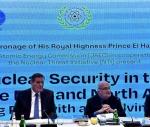You are here
Flora, fauna remains in Wadi Al Zarqa offer scholars insight into ancient settlement
By Saeb Rawashdeh - Nov 24,2019 - Last updated at Nov 24,2019

The archaeological site of eh-Sayyeh (Photo courtesy of Karin Bartl)
AMMAN — The abundance of water in Wadi Al Zarqa enabled the region around archaeological site of eh-Sayyeh to establish a “very attractive” settlement area, according to a German scholar.
Eh-Sayyeh is located about eight kilometres northwest of Zarqa, at the mouth of the Wadi Al Dulayl in Wadi Al Zarqa and was discovered in 1993 during a regional archaeological surface survey, and excavated in 1996 and 1999, archaeologist Karin Bartl told The Jordan Times in a recent e-mail interview.
Two radiocarbon analyses date the eh-Sayyeh site to the 8th/ 7th millennium BC, she added, hightlighting Jordanian professor Zeidan Kafafi’s remark that “eh-Sayyeh is part of the Neolithic settlement of the Wadi Al Zarqa region, which is one of the most important areas for early settlement in northern Jordan”.
Due to its research potential, work in eh-Sayyeh resumed in the years 2013 to 2015. The new excavations were carried out through the cooperation of the German Archaeological Institute and Yarmouk University, led by Bartl and Kafafi, the German scholar said.
Training courses in modern excavation and documentation methods for students of archaeology at various universities, including Yarmouk University and the Hashemite University were an important part of the project, she added.
The aim of the new excavations was to record the settlement structure in different areas of the site and the exact dating of the individual areas, the scholar explained, adding that during the Neolithic period it is “questionable” whether the site’s total area of 10 hectares was always fully populated.
It is more likely — and the radiocarbon data shows this quite well — that at different times, different areas were populated. Nevertheless, it is probable that several hundred people lived in the area during all phases of the Neolithic period, she said.
Bartl noted that the subsistence of the inhabitants of eh-Sayyeh was mainly based on agriculture.
“Sheep, goats and cattle were the preferred animals,” the scholar said.
Furthermore, wild animals such as gazelles were hunted and shells were collected from Wadi Al Zarqa, as the preliminary analysis of animal remains shows, while the analysis of plant remains shows that mainly wheat, lentils and beans were grown.
After the Neolithic period, according to both scholars, eh-Sayyeh was “used occasionally”, as surface shards from all periods between the Bronze Age and Islamic Era show, indicating “smaller accumulations of houses during those periods”.
Related Articles
AMMAN — Evidence of human occupation in wadis from the Jordanian central massive goes back to the Palaeolithic period as it was evidenced in
AMMAN — Located some 500 metres from the old Amman-Jerash road, Tell Abu Suwwan represents one of the Neolithic mega sites whose occupation
AMMAN — Community archaeology, which seeks to empower and involve local communities in the protection and preservation of their shared past,



















